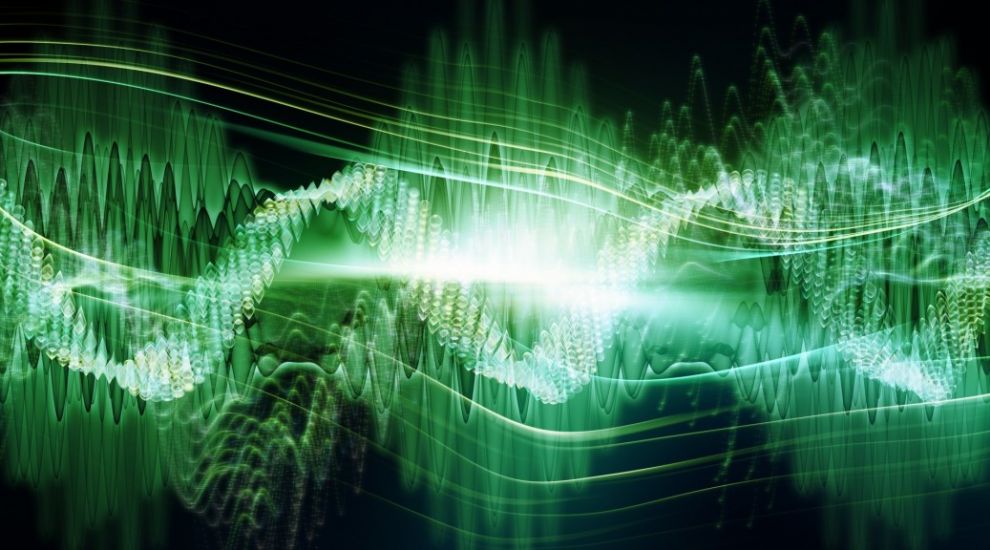
There’s perhaps little more frustrating on a computer than loading a programme or document and watching a few pixels spin around continuously in the middle of the screen, letting you know that your request is going to be a little while longer.
The problem probably lays more with our own impatience but this is 2015 and if we want something, we want it now – which is why new research from the University of Sheffield and University of Leeds is particularly exciting.
They believe that sound waves can be used to move data, and quicker than anything we currently use.

The majority of the world’s 2.7 zettabytes of data (2.7 followed by 21 zeros) are stored on magnetic hard disk drives, according to the University of Sheffield. The data is read by sensors that scan the disk’s surface as it spins, but due to the different moving parts its speed is limited.
Flash-based disk drives make the data move rather than the device on which it’s stored, and store information electronically rather than magnetically. The problem with these is the short period of time they last and that they can be slower than other parts of a computer, which affects the total speed.
A solution being developed to overcome the problems with both systems is “racetrack memory” – tiny magnetic wires each hundreds of times smaller than a human hair, which magnetic “bits” of data travel down like cars around a track. Traditional methods for moving the data have been suggested – magnetic and electric – but Dr Tom Hayward and Professor John Cunningham say both options limit battery life while increasing energy bills and CO2 emissions. They want to make the data move by singing to it.

Sound is already harnessed in electronics, but has never been tried before in a data storage system.
Surface acoustic waves, which will be used in the prototype, are the same as the most destructive waves that can emanate from earthquakes. By passing the waves across the surface where the wires are fixed, they think they can move a lot of data with minimal power, while also changing the direction the data flows by changing pitch.
Dr Hayward said: “The key advantage of surface acoustic waves in this application is their ability to travel up to several centimetres without decaying, which at the nano-scale is a huge distance. Because of this, we think a single sound wave could be used to ‘sing’ to large numbers of nanowires simultaneously, enabling us to move a lot of data using very little power. We’re now aiming to create prototype devices in which this concept can be fully tested.”
So in the future when your computer’s being slow, you might just have to hit the right note.